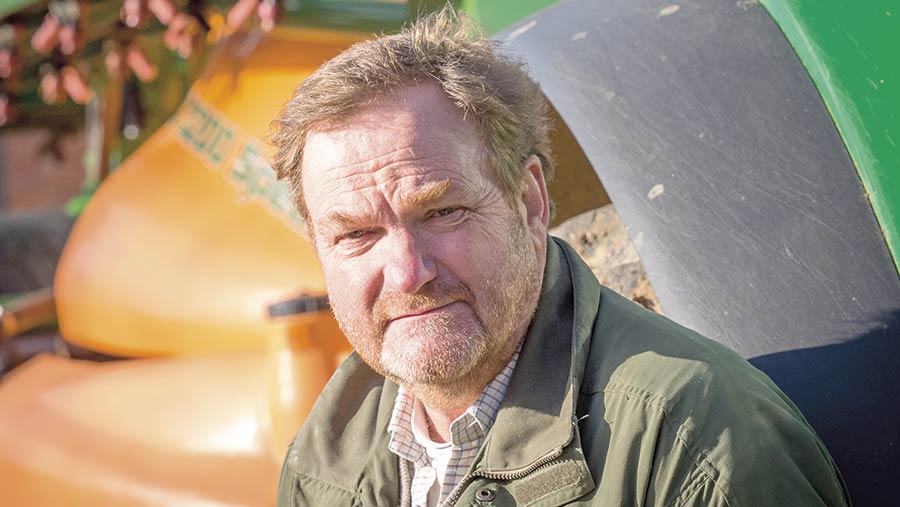Flindt on Friday: My idea for the ideal Defender replacement
 © Kathy Horniblow
© Kathy Horniblow My farming hero is slightly unusual. It is traditional to be in awe of a senior agricultural figure from a previous generation.
My father, for instance, spoke in hushed tones of Hampshire farming legend Tom Parker. “The Guv’nor” was certainly the only one allowed to ride his gargantuan horse across the same lawn that my brother Ian and I were banned from using for football.
Jim Ratcliffe, the head man at multinational chemicals company Ineos, is my unorthodox farming demi-god.
See also: Read more from Charlie Flindt
I’m not sure if he has ever ridden a horse, or driven a tractor, but he is certainly doing magnificent stuff for farming.
For a start, he’s a champion of shale gas, which (as all real farmers know) is a good thing for cheaper fertiliser and a less hungry world.
And he’s also started work on a replacement for Land Rover’s Defender – Projekt Grenadier – and promises that it will be true to the utilitarian spirit of the original.
I do hope it’s not too late to chip in with suggestions for the overall design, based on 33 years of farm vehicle ownership – Minivan, Fiat Panda 4×4, Defender 90TD, Range Rover Mark 1 and 2, Suzuki SJ and Hyundai Terracan.
The Grenadier should be a three-door van. The rear door should be wide, hinge at the top to give shelter on wet shoot days, and the side doors should be long to boost rear visibility.
It does not need side steps – no one knows how to use them (is it left foot first or right foot?) and all they do is get mud on your calves.
Keep it cheap
Forget daytime running lights (driving along unnoticed is vital when stalking poachers or recalcitrant employees) and simple halogen bulbs in headlights will suffice.
The door mirrors should be simple – no heater elements or built-in indicators; they will get broken by cattle and gateposts and need replacing. Keep ’em cheap.
The ignition key should be just that: a key. It goes into a slot and you turn it to start the engine. It stays in the slot while driving, and you take it out and put it in your pocket when not. No stop/start buttons, please.
The dashboard needs one dial for speed, and others for engine monitoring: fuel, temperature, oil pressure and voltage. There is absolutely no need for an in-dash screen of any sort. Give us storage space instead.
Keep the gearbox simple: two ranges and a diff lock, all selected by lever. Forget any absurd menu featuring “desert”, “mountains” or “Waitrose car park”.
The wheels – five of them please, to include a full-sized spare – should be steel, and the tyres narrow and tall. Around 255/65R16 is perfect (and cheap).
Keep the spare off the back door (see the bit about top-hingeing) and supply a proper sturdy jack with a wide base. Suspension: non-adjustable and spring/damper combination only. No airbags.
Make the seats from quality leather – the best material for muddy use. Seat covers are awkward and uncomfortable.
Ditch the Defender-isms
Design the seat-belt warning buzzer/light to activate for a mercifully brief interval, acknowledge that we’re in a field and then shut the hell up. Oh, and make it in dark green.
And here’s a top-10 list of things to avoid copying from the Defender: the door catch, the handbrake, the leaks, the ventilation system, the wipers, the ergonomics, the rust, the whole electrical system, the unreliability and, of course, the cult status.
There you have it, Mr Ratcliffe: the ideal farm vehicle, perfect for the brave-new post-Defender world. Make it so, and you’ll be very welcome to drive one down to Flindt Towers and park it on my lawn. You’ll be my hero.

